Ultimate Guide to Choosing the Right Solar Street Lights for Your Community
As urbanization continues to rise, communities are increasingly seeking sustainable solutions to enhance public safety and reduce energy costs.
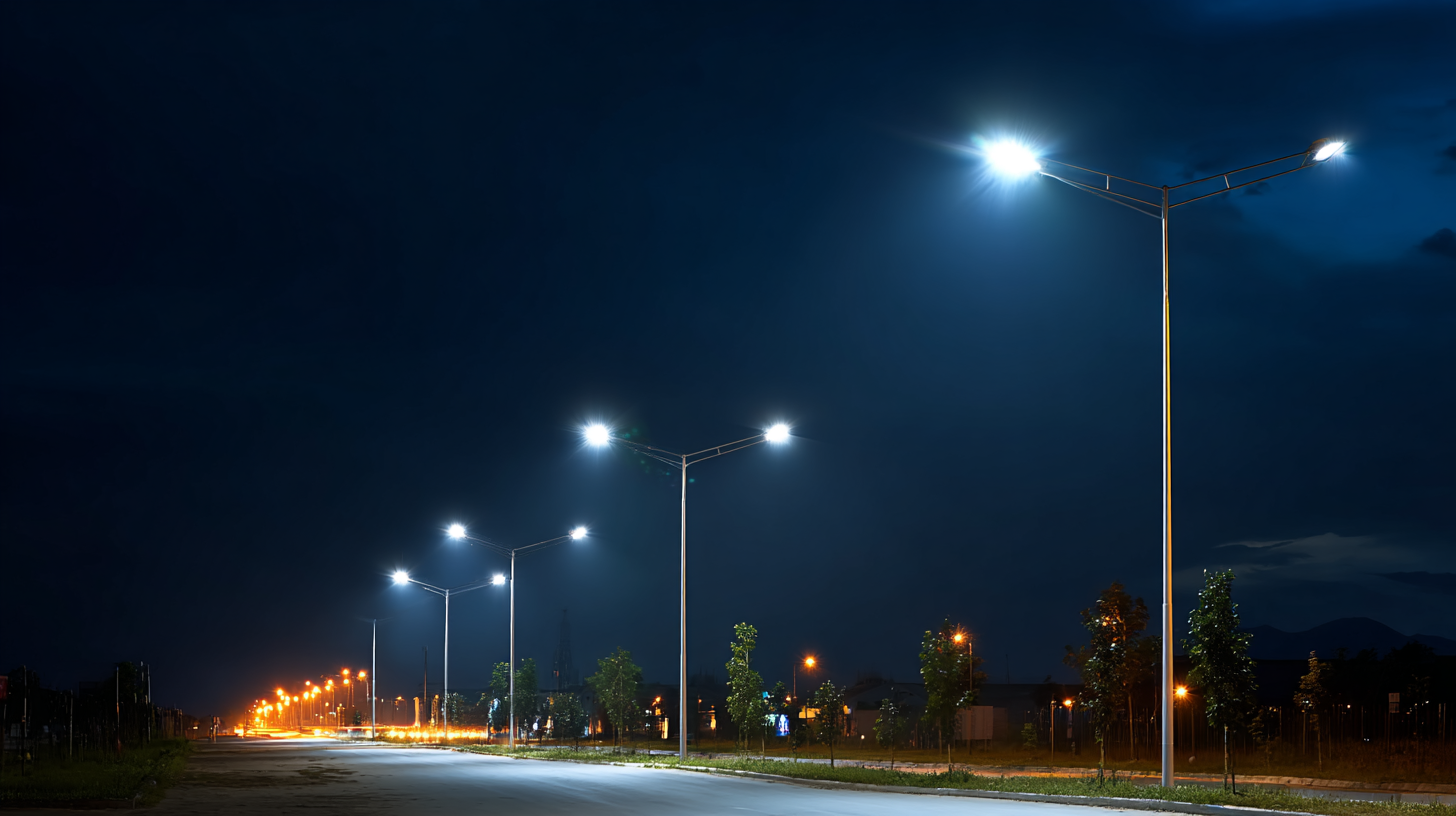 Solar street lights have emerged as a pivotal component in this transition toward greener infrastructure. According to a report by MarketsandMarkets, the global solar street lighting market is projected to reach USD 11.4 billion by 2025, growing at a CAGR of 22.4% from 2020. This significant growth is driven by the dual benefits of energy efficiency and cost savings, as solar street lights operate independently from traditional electrical grids, thereby reducing municipal energy expenditures.
Additionally, the implementation of solar street lights can lead to improved nighttime visibility and security, making them an attractive option for many communities. As local governments navigate the choices available, understanding how to select the right solar street lights tailored to their specific needs becomes crucial for maximizing these benefits.
Solar street lights have emerged as a pivotal component in this transition toward greener infrastructure. According to a report by MarketsandMarkets, the global solar street lighting market is projected to reach USD 11.4 billion by 2025, growing at a CAGR of 22.4% from 2020. This significant growth is driven by the dual benefits of energy efficiency and cost savings, as solar street lights operate independently from traditional electrical grids, thereby reducing municipal energy expenditures.
Additionally, the implementation of solar street lights can lead to improved nighttime visibility and security, making them an attractive option for many communities. As local governments navigate the choices available, understanding how to select the right solar street lights tailored to their specific needs becomes crucial for maximizing these benefits.
Understanding the Benefits of Solar Street Lights for Your Community
Solar street lights offer numerous benefits that can significantly enhance the wellbeing of communities. According to a report by the International Renewable Energy Agency (IRENA), solar street lighting can reduce energy costs by up to 60% compared to traditional lighting systems. This cost efficiency does not only alleviate the financial burden on municipalities but also allows for reallocating funds to other community enhancements such as parks or educational programs.
Moreover, solar street lights contribute positively to public safety. The U.S. Department of Energy highlights that well-lit areas can decrease crime rates by up to 20%, fostering a sense of security among residents. Enhanced visibility can deter criminal activities, thereby promoting a safer environment for families. Furthermore, this clean energy solution reduces carbon footprints, aligning with global efforts to combat climate change. By investing in solar street lights, communities not only enjoy immediate benefits but also contribute to a sustainable and eco-friendly future.
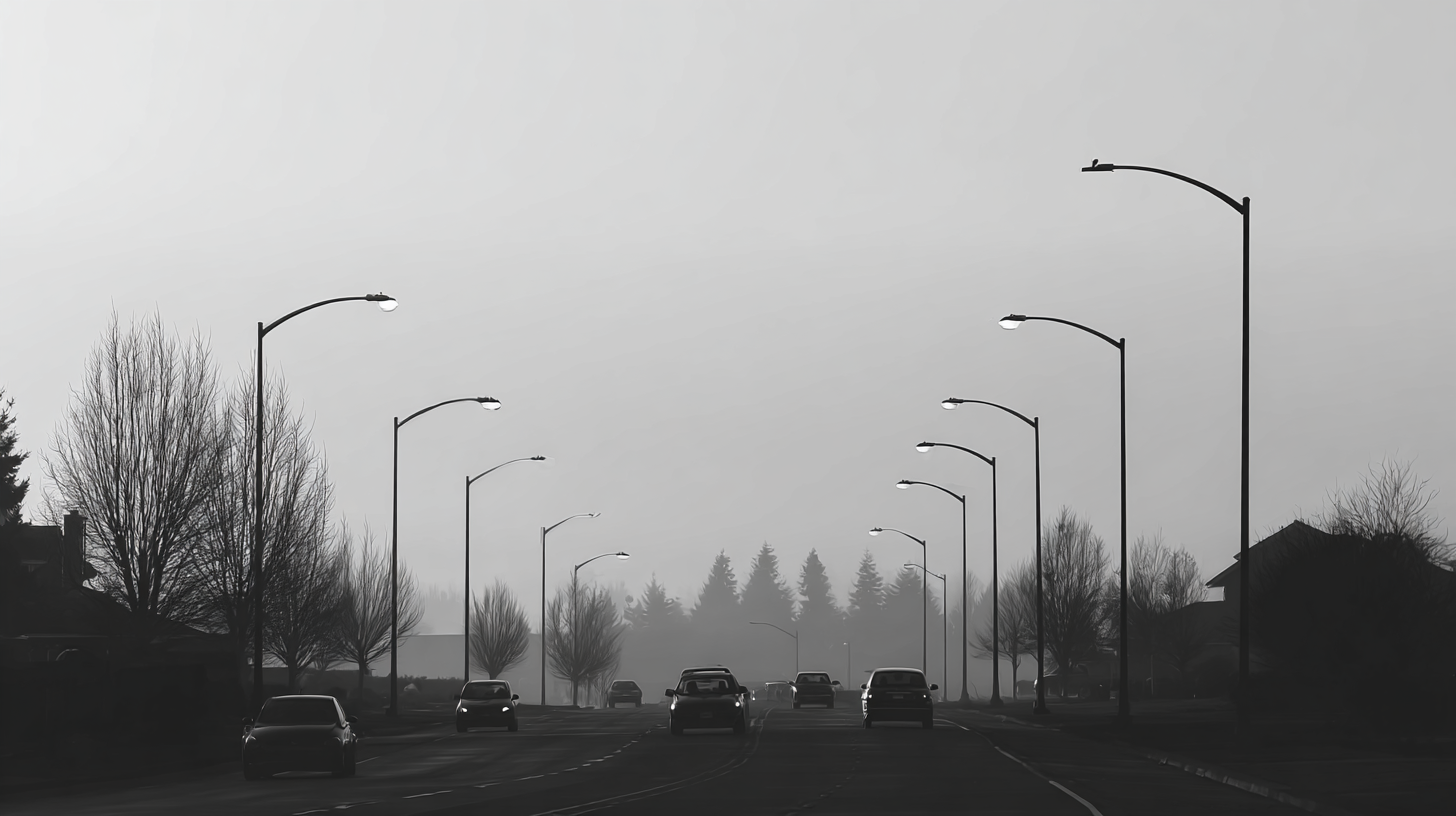
Key Factors to Consider When Choosing Solar Street Lights
When it comes to choosing the right solar street lights for your community, several key factors should guide your decision. One of the primary considerations is the type of lighting technology, with the market being predominantly divided into CFL (Compact Fluorescent Lamp) and LED (Light Emitting Diode) options. Recent reports indicate that LED solar lights have gained substantial traction, accounting for approximately 60% of the global solar street lighting market share. This preference is largely due to their reliability, energy efficiency, and longer lifespan compared to CFLs.
Furthermore, LEDs consume up to 75% less energy than traditional lighting solutions, resulting in significant cost savings over time. Their superior luminous efficacy enhances visibility, which is crucial for public safety and aesthetic appeal in urban environments. As cities increasingly turn to renewable energy solutions, the shift towards LED technology not only answers the demand for cost-effective lighting but also aligns with global sustainability goals. Investing in quality LED solar street lights can lead to a transformative impact on community safety and energy consumption.
The Different Types of Solar Street Lights and Their Applications
When it comes to selecting solar street lights for your community, understanding the different types and their specific applications is crucial. Solar street lights generally fall into three main categories: all-in-one, modular, and standalone systems. All-in-one solar street lights are compact and easy to install. They integrate a solar panel, battery, and LED lamp into one unit, making them ideal for areas with limited space and minimal maintenance needs. Their streamlined design makes them popular for parks, pathways, and residential areas where aesthetic appeal is important.
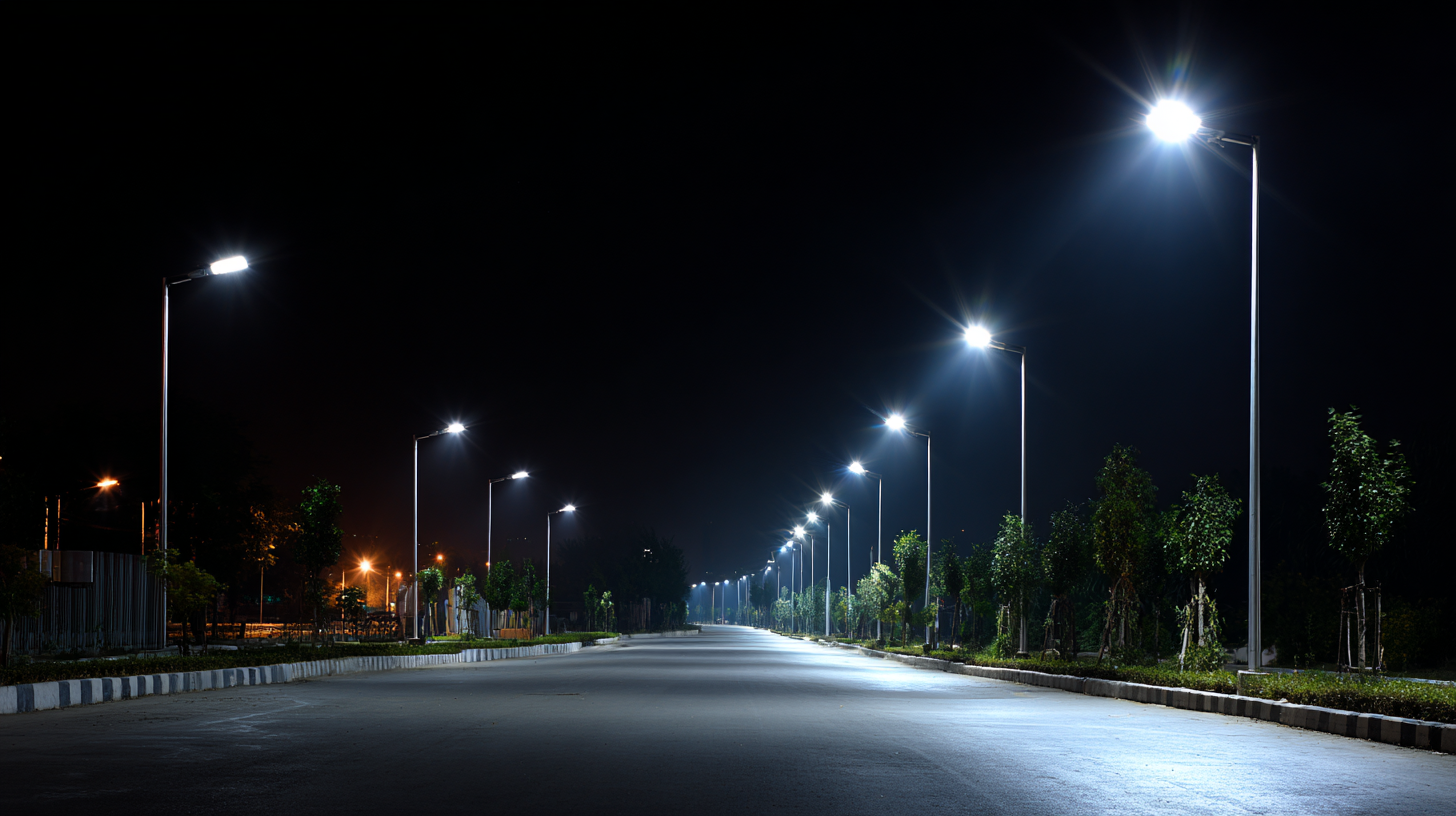
On the other hand, modular solar street lights offer more flexibility and are suitable for larger, more complex installations. These systems allow for separate components, meaning users can customize the height, brightness, and solar panel orientation as needed. Ideal for urban environments and areas that require extensive coverage, modular lights can be tailored to fit specific requirements, enhancing both safety and visibility. Finally, standalone solar street lights provide a self-sufficient option for remote areas without access to traditional grid power, offering a sustainable lighting solution in rural communities or places experiencing frequent power outages. By understanding these options, communities can make informed decisions that best serve their unique needs.
Evaluating the Cost-Effectiveness of Solar Street Lighting Solutions
When evaluating the cost-effectiveness of solar street lighting solutions, it's essential to consider both the initial investment and long-term savings. According to a report from the U.S. Department of Energy, solar street lights can reduce energy costs by up to 50% compared to traditional lighting systems, primarily due to the absence of monthly electricity bills. Moreover, the maintenance costs for solar models tend to be lower; they typically require less frequent repairs, which can lead to an overall cost reduction of around 30% over a 5 to 10-year period.
In addition to financial benefits, the environmental impact of solar street lights cannot be overlooked. The International Energy Agency (IEA) emphasizes that transitioning to solar-powered solutions can significantly mitigate greenhouse gas emissions. Each solar street light eliminates approximately 1 ton of CO2 emissions annually. This dual benefit—cost savings and environmental sustainability—makes solar street lighting an attractive investment for communities aiming for both fiscal responsibility and ecological stewardship. Communities should assess these factors carefully to make informed decisions that align with their long-term goals.
Cost-Effectiveness of Solar Street Lighting Solutions
This chart displays the cost-effectiveness of various solar street lighting solutions based on initial investment and long-term savings over 10 years.
Tips for Installation and Maintenance of Solar Street Lights in Your Area
When considering the installation of solar street lights in your community, proper maintenance is crucial for optimal performance and longevity. According to the National Renewable Energy Laboratory (NREL), well-maintained solar lighting systems can achieve efficiencies of over 90%. Regular inspections should include checking solar panels for dirt and debris, ensuring that LED fixtures are clean and securely mounted, and verifying that battery compartments are sealed against moisture. Performing these tasks biannually can significantly prolong the lifespan of the equipment and enhance the safety of public spaces.
In addition to routine maintenance, it is essential to consider the specific installation requirements in your area. The Solar Energy Industries Association (SEIA) reports that the geographic location and climate can greatly affect solar performance. For instance, communities in sunnier regions may benefit from solar lights with higher wattage to maximize energy collection, while those in cloudy climates might need fixtures with larger battery capacities for prolonged usage during low sunlight periods. Adapting installation strategies based on local conditions not only improves efficiency but also ensures that solar street lights serve their intended purpose effectively.
Ultimate Guide to Choosing the Right Solar Street Lights for Your Community
| Feature | Description | Importance |
|---|---|---|
| Lumens Output | Measurement of light emitted, affects brightness. | High |
| Battery Capacity | Capacity affects nighttime operation duration. | High |
| Solar Panel Type | Monocrystalline vs Polycrystalline efficiency differences. | Medium |
| Durability Rating | Resistance to weather and potential damage factors. | High |
| Lighting Modes | Different modes for energy saving and brightness. | Medium |
| Installation Cost | Initial investment and potential long-term savings. | High |
| Maintenance Requirements | Frequency of battery replacement and cleaning panels. | Medium |
Related Posts
-
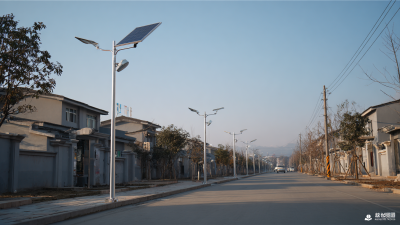
China's Solar Street Lights Crafted for Global Trust and Quality Excellence
-
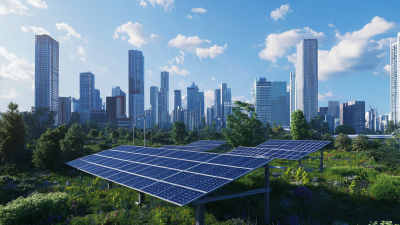
Reliable Chinese Manufacturing in Solar Street Lights Ensuring Consistent Quality Worldwide
-
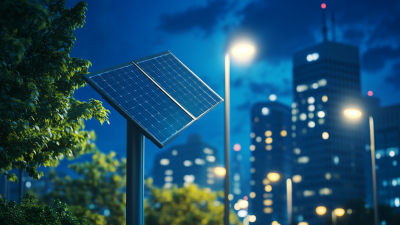
Unlocking the Secrets to Optimal Street Light Procurement for Global Buyers
-
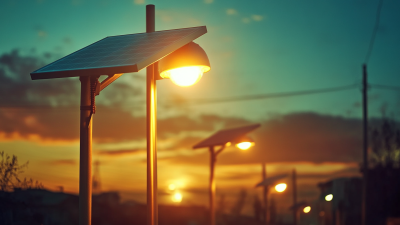
Exploring the Advanced Specifications of Solar Powered Lights: A Global Perspective
-

The Evolution of Solar Street Lighting Solutions for Global Buyers
-
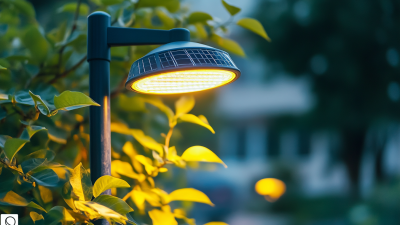
Innovative Solutions for Safe Cities 7 Key Benefits of Using Solar Street Lights
